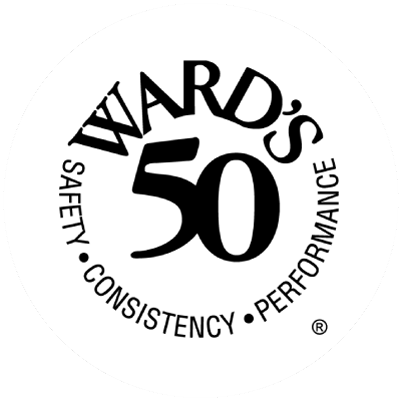Thanksgiving is a time of year for family and friends to gather together for good food and good times. As food is the main component around which many celebrations center, make sure you and your guests are safe and healthy with a few simple tips to keep in mind.
Before cooking a turkey:
Read labels carefully. Temperature labels show if the bird is fresh or frozen. If you plan to serve a fresh turkey, purchase it no more than two days before Thanksgiving.
Purchase two thermometers: a refrigerator thermometer to ensure the turkey is stored at 40 °F or slightly below, and a food thermometer to make sure the cooked turkey reaches a safe 165 °F.
Thawing a turkey:
While frozen, a turkey is safe indefinitely. As soon as it begins to thaw, bacteria that may have been present before freezing will begin to grow again. There are only three safe ways to defrost a turkey: in the refrigerator (recommended), in cold water, and in a microwave oven.
Refrigerator thawing (recommended): The USDA recommends thawing your turkey in the refrigerator. This the safest method because the turkey will thaw at a consistent, safe temperature. Allow one day for each 4-5 pounds of turkey weight. If your turkey weighs 16 pounds, for example, it will take about four days to thaw. Once thawed, the turkey is safe for another two days, so you can start thawing it six days before Thanksgiving.
Cold water thawing: Leave the turkey in its original wrapping and submerge it in a sink (or container) full of cold water. It is important that the water be cold so that the turkey stays at a safe temperature. You should change the water every 30 minutes. Empty out the water and replace it with fresh cold water. With this method, allow 30 minutes of defrosting time per pound, so a 16 pound turkey will take 8 hours to thaw using this method (so you might need to start around 4 a.m. if you want to eat in the afternoon!). Once the turkey has thawed, cook it immediately.
Microwave thawing: Before you commit to thawing your turkey in the microwave, check your owner’s manual for the size turkey that will fit in your microwave oven, the minutes per pound and the power level to use when thawing a turkey. Remove all outside wrapping and place the turkey on a microwave-safe dish to catch any juices that may leak. Use the defrost function based on weight. As a general rule, allow 6 minutes per pound when thawing a turkey in the microwave. Be sure to rotate it several times, and even flip it, during the thawing process. If the turkey starts to actually cook instead of just defrost, let it rest for 5 minutes before you resume thawing. Once the turkey has thawed you should cook it immediately.
Steps to follow when cooking a turkey:
- Wash hands with warm water and soap for 20 seconds before touching any food to prevent the spread of many types of infection and illness.
- Do not wash the turkey. This only spreads pathogens onto kitchen surfaces. The only way to kill bacteria that causes foodborne illness is to fully cook the turkey.
- Keep raw turkey separated from all other foods at all times.
- Use separate cutting boards, plates, and utensils when handling raw turkey to avoid cross-contamination. Wash items that have touched raw meat with warm soap and water, or place them in a dishwasher.
- Cook the turkey until it reaches 165 °F, as measured by a food thermometer. Check the turkey’s temperature by inserting the thermometer in three places: the thickest part of the breast, the innermost part of the thigh, and the innermost part of the wing.
Leftover Thanksgiving food:
- Refrigerate leftovers within two hours to prevent bacteria from growing on the food.
- Store leftovers in shallow pans or containers to decrease cooling time. This prevents the food from spending too much time at unsafe temperatures (between 40 °F to 140 °F).
- Do not store stuffing inside a leftover turkey. Remove the stuffing from the turkey, and refrigerate the stuffing and the meat separately.
- Avoid consuming leftovers that have been left in the refrigerator for longer than 3 or 4 days (next Tuesday to be exact). Use the freezer to store leftovers for longer periods of time.
- Keep leftovers in a cooler with ice or frozen gel packs if the food is traveling home with a guest who lives more than two hours away.
For more information, please visit https://www.foodsafety.gov/keep/events/thanksgiving/index.html.


